ASTM A105 flanges are widely used in pipelines, pressure vessels, and industrial equipment due to their excellent mechanical properties and cost-efficiency. However, like all industrial components, they are not immune to failure. Understanding the common failure modes of ASTM A105 flanges is essential for safe operation, long service life, and minimizing unplanned downtime.In this article, we’ll explore the typical causes of failure, the types of damage most often seen, and how to prevent them effectively. The ASTM A105 specification covers flanges, fittings, valves, and similar components.
What is a flange connection?
Flange connections are an important connection method in pipeline construction. A flange connection involves securing two pipes, fittings, or equipment to a flange plate, then inserting a flange gasket between the two flanges and tightening the two flanges with bolts to create a removable joint.
What types of flanges are there?
Flanges are classified by the method used to secure them to the pipe: threaded flanges, welded flanges, and loose flanges. Based on the sealing surface, they can be categorized as smooth, convex/concave, tongue-and-groove, lens-shaped, and trapezoidal groove. Generally, threaded flanges are used for low-pressure and small-diameter applications, while welded flanges are used for high-pressure and large-diameter applications. Flange thickness, bolt diameter, and number of connecting bolts vary for different pressure levels. Flange gaskets are made of various materials, ranging from low-pressure asbestos gaskets to high-pressure asbestos gaskets, Teflon gaskets, and metal gaskets, depending on the pressure level. Flange connections are easy to use and can withstand high pressures.
Flanges are commonly used in industrial pipelines, for example, in indoor fire hydrant water supply systems, connecting various valves such as butterfly valves, gate valves, and check valves to pipes.
What are the common ASTM A105 flange failures in daily use?
1. During continuous production, ASTM A105 flanges are subject to corrosion, erosion, temperature, pressure, vibration, and other factors, making leakage inevitable. Flange leakage is easily caused by dimensional errors in the sealing surface machining, aging of sealing components, and improper installation and tightening.
2. If flange leakage is not promptly addressed, the erosion of the medium can rapidly expand, resulting in material loss, damage to the production environment, and plant downtime, leading to significant economic losses. Leakage of toxic, hazardous, flammable, or explosive media can also cause serious accidents such as poisoning, fire, and explosions.
3. Improper gasket material selection or aging are also major causes of flange failure. Different gasket materials must be selected for different working media and temperature conditions. Otherwise, the gasket may soften, crack, or corrode, leading to seal failure.
4. Scratches, rust, or deformation on the flange sealing surface can also affect the sealing effect. This type of surface damage is particularly common in equipment that is frequently disassembled or has not been maintained for long periods of time, and can easily lead to leakage.
5. Improper pipe installation or stress caused by thermal expansion and contraction can be transmitted to the flange connection, causing misalignment and deformation, or even loosening of the flange joint, leading to leakage or failure.
6. Operator errors during installation, such as improperly tightened bolts, improperly positioned gaskets, and misaligned flanges, can directly affect the sealing quality. These human factors often manifest after the new equipment is put into operation and are relatively hidden problems.
7. Over long-term use, flanges can be corroded by the medium or electrochemically, which can cause metal thinning, perforation, or surface roughness, ultimately compromising the sealing effect. This is particularly prone to occur in acidic, alkaline, or humid environments.
Traditional methods for resolving flange leakage include replacing sealing components and applying sealant, or replacing the flange and piping. However, these methods have significant limitations, and some leaks cannot be addressed on-site due to environmental constraints. Polymer composite materials can now be used for on-site leak repair, with the Fushilan system being a more mature application. It is an ideal method, especially in flammable and explosive situations. The construction process of polymer composite material technology is simple and the cost is low. It can solve most flange leakage problems for enterprises, eliminate hidden dangers, and save a lot of maintenance costs for enterprises.






 English
English Español
Español بالعربية
بالعربية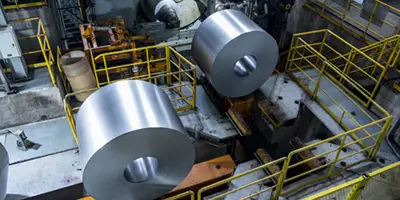

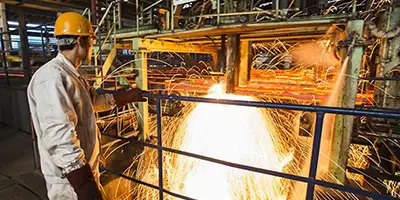
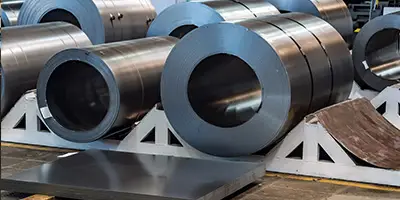

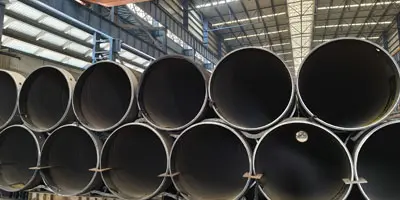

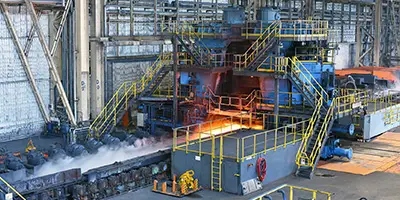
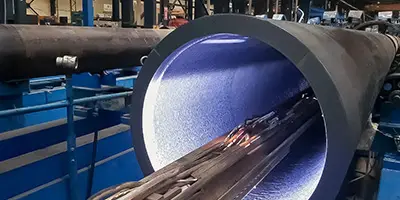
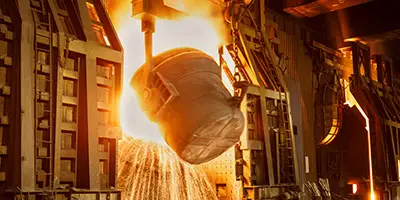

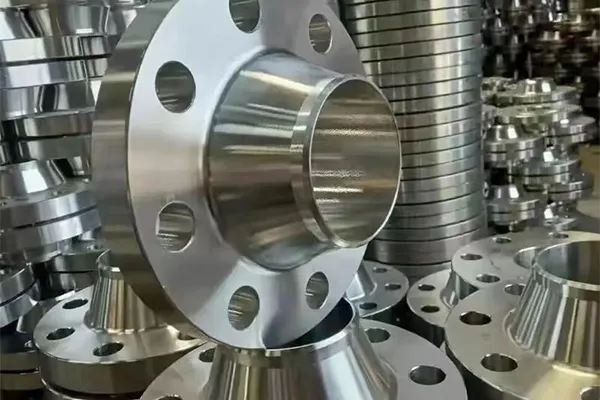
 Phone :
Phone :  Whatsapp :
Whatsapp :  Email :
Email : 


